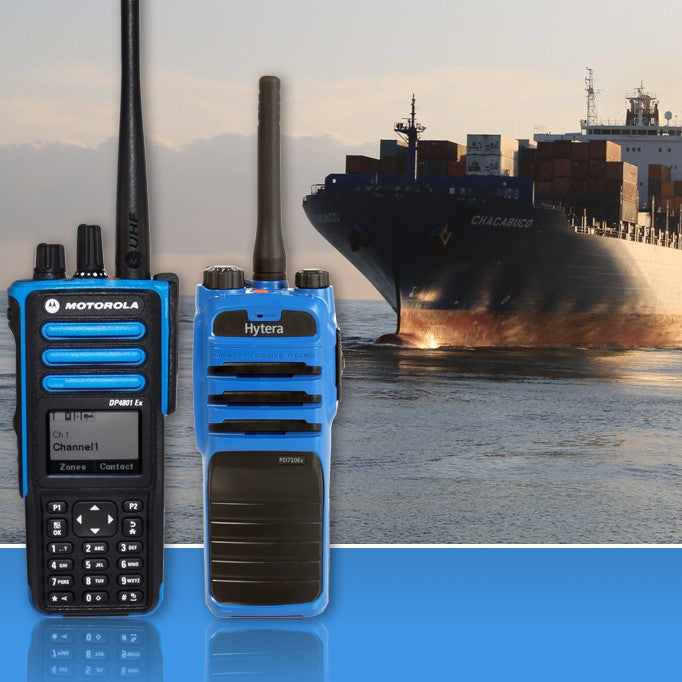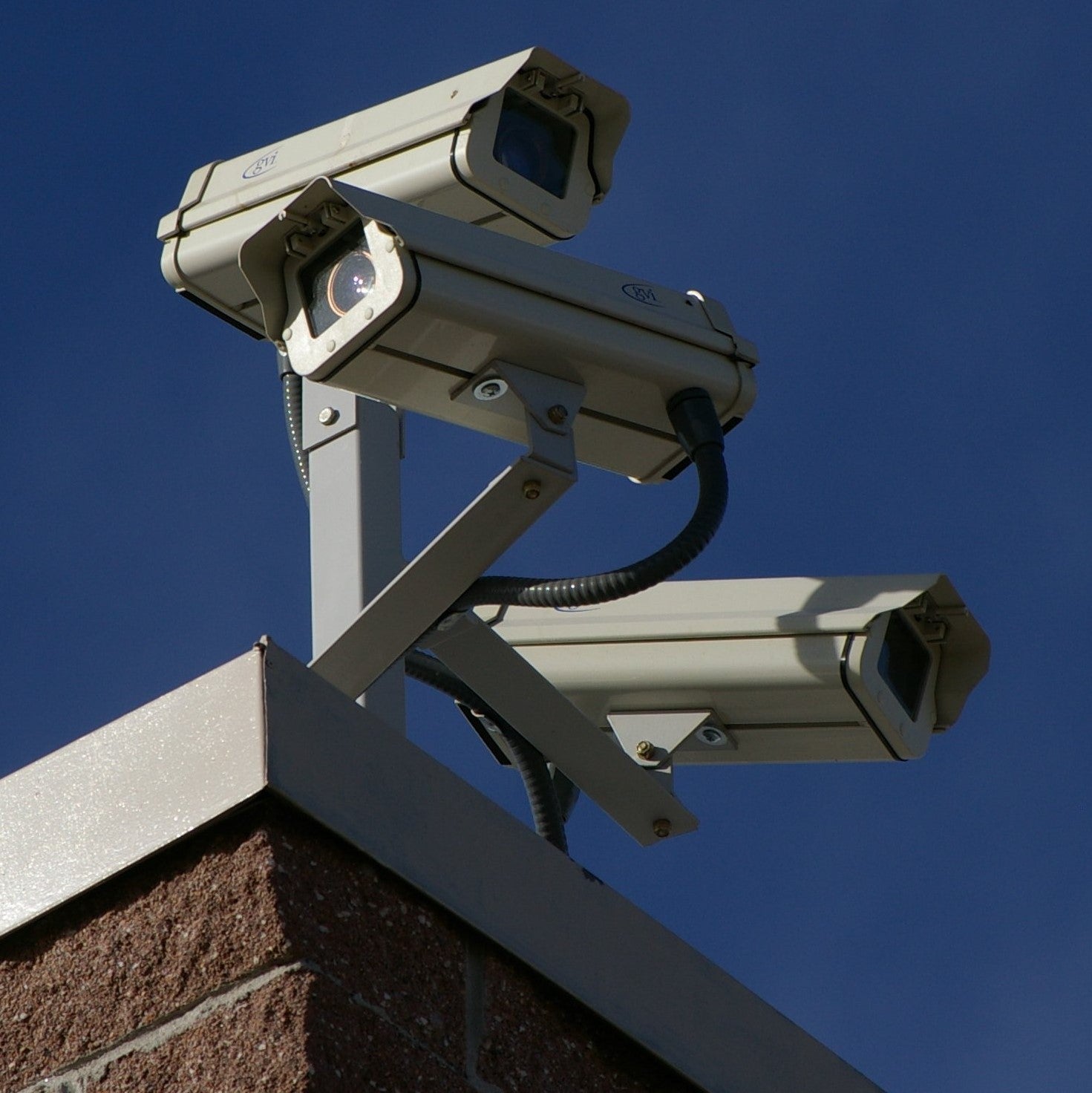👊 Head Protection Against Impact:
Protects the head from blunt force trauma caused by thrown objects, batons, or accidental falls during riots or violent protests.
🧠 Brain Injury Prevention:
Reduces the risk of traumatic brain injuries from high-impact blows, making it a critical piece of personal protective equipment.
🪖 Face and Eye Shielding:
Many helmets come with full-face visors or shields to protect against debris, glass shards, and chemical sprays like tear gas or pepper spray.
💥 Resistance to Ballistics and Projectiles:
Tactical versions often offer a level of ballistic resistance, helping to guard against rubber bullets, pellets, or shrapnel.
🔥 Protection from Heat and Fire:
Some helmets are designed to resist heat and minor flames, useful in situations where fires or incendiaries are used.
👂 Integrated Communication Systems:
Advanced helmets come with built-in radio or comms support, keeping teams connected in high-stress situations.
🔉 Hearing Protection:
Many models include features to reduce or block out loud explosions or sirens, protecting long-term hearing.
⚙️ Mounting Accessories:
Allows the attachment of cameras, flashlights, night vision gear, or face shields for better tactical advantage.
🧼 Easy to Decontaminate:
Riot helmets are made of materials that are easy to clean and sanitize after exposure to chemicals or biohazards.
🛡️ Psychological Advantage:
A visible helmet and full riot gear can act as a deterrent, asserting authority and discouraging aggression from crowds.
















